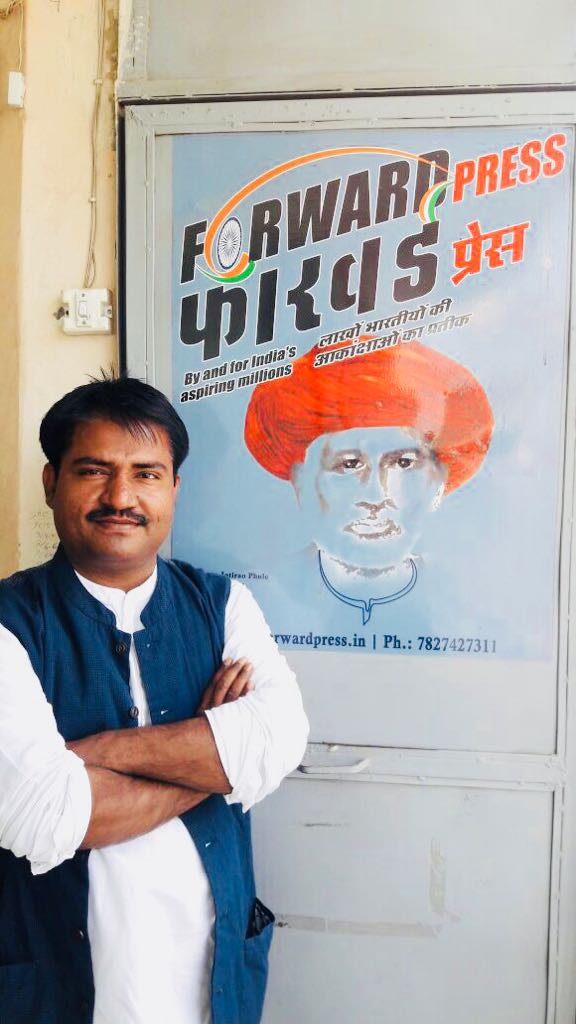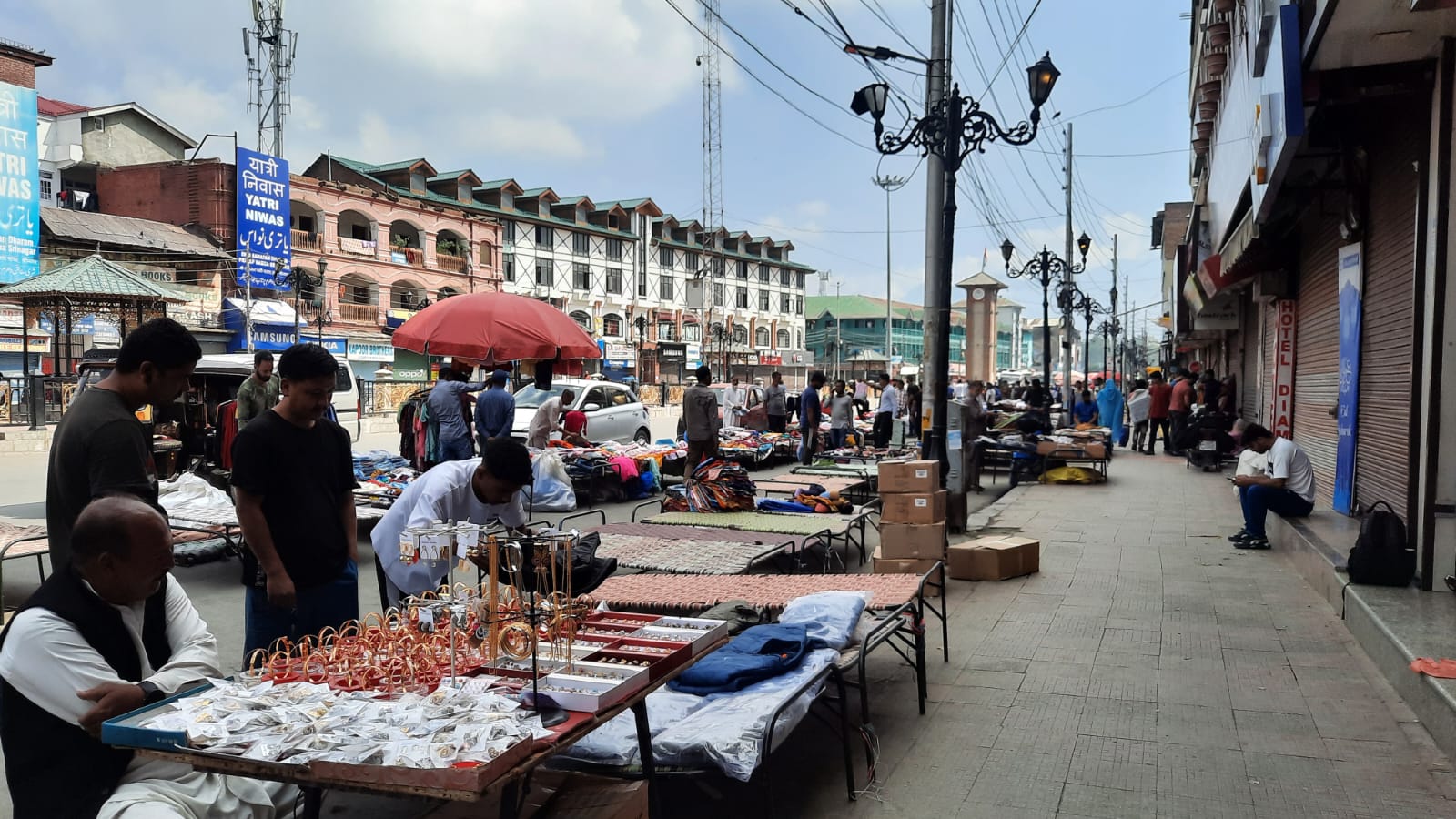For a week now, the newspapers of the Jagran Group has been running a campaign targeting Anand, a well-known mathematics teacher from Bihar who runs coaching classes that go by the name Super 30. Inext, a newspaper of the Jagran Group meant for the youth, has been publishing a full-page titled ‘Expose Anand’ and Dainik Jagran has been front-paging negative stories about Anand. Prabhat Khabhar, Rashtriya Sahara and Dainik Hindustan have been silent on the issue.
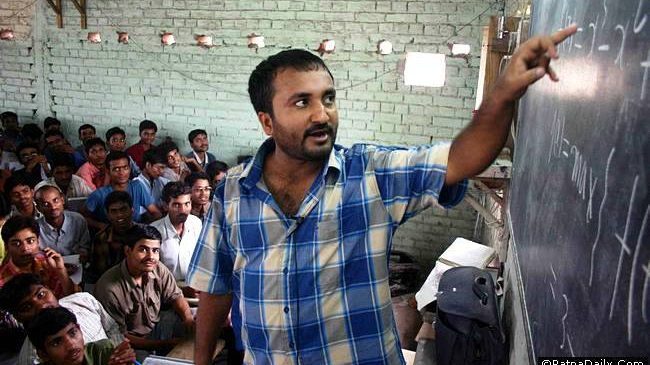
Anand, who comes from a Most Backward Caste (MBC), is famous for helping students from poor economic backgrounds get admission into IITs. He has been feted by many organizations and his work has been appreciated by scores of prestigious newspapers and magazines the world over. So, what has rubbed the journalists working for Jagran Group’s Patna newspapers the wrong way?
Abhyanand launched attack, newspapers followed suit
Former Bihar DGP Abhyanand was the first to launch an attack on Anand, the founder of Super 30. He lodged a complaint at the Kotwali police station against a post that had gone viral on social media. The post said that Abhyanand ran an institution called Rahmani 30, along the lines of Super 30, and was raking in huge profits through it. The Patna police, acting on Abhyanand’s complaint, launched an investigation, during the course of which a name cropped up as a suspect. He happened to be an employee of Anand. He was arrested and was put in the lockup of the Kotwali police station.
When Anand came to know of it, he went to the Kotwali police station and sought the release of his employee. He told the police that if they have evidence of Super 30’s role in putting up the post, they should arrest him instead.
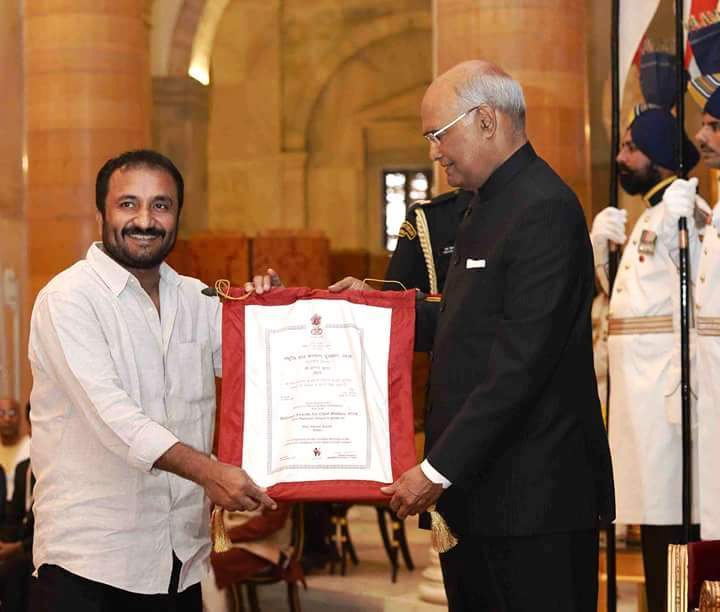
The next day, local newspapers published this news on their front pages. Inext launched the campaign against Anand. Under a series titled “Expose Anand”, the newspaper sought to project that on the one hand, Anand was accumulating massive wealth through Super 30, while on the other hand, he was winning international acclaim by claiming that he is coaching poor students for IIT entrance entrance examinations for free. The newspaper made one “exposé” after another. The newspaper said that Anand and his family had acquired property worth crores over the past decade but that he always told his interviewers that he was a poor man. According to the newspaper, Anand’s mother owned 22 plots, valued at crores of rupees. The newspaper report also went into the details of properties that his wife, brother, sister and brother-in-law owned.
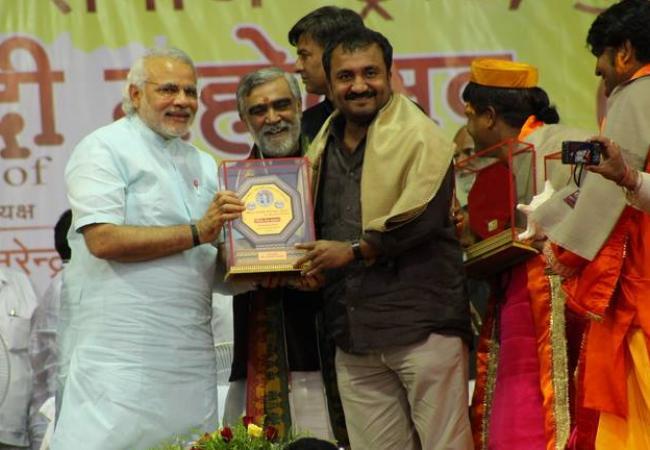
Anand’s theorem turns the table on his opponents
Anand’s family used to sell papads. He had imbibed the basics of marketing as a child. It was his marketing acumen that made him world-famous as a teacher. Anand’s journalist friend Anjani Tiwari says that when Anand took over the responsibility of feeding his family after his father’s death, he did not have the money to start a coaching class. His mother took a loan and with that money, he started the Ramanujan School of Mathematics.
From the very outset, Anand took to aggressive marketing. He worked as hard as his students and used novel teaching techniques and aids. His hard work paid dividends. He was now ready to expand. But for that, he needed both funds and patronage. It was here that Abhyanand came into the picture. With Abhyanand by his side, he also got social acceptability. Anand launched his enterprise at a time when newspapers routinely claimed that Bihar was under “Jungle Raj”. And here was a young man, an MBC, challenging the dwij mandarins.
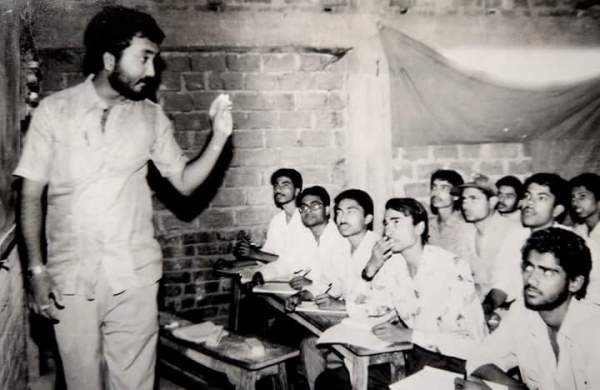
Those close to Anand believe that had his caste background been different, Anand would not have faced what he had to and what he is still facing. When Abhyanand began demanding a share in the fame and money, Anand played a masterstroke. He threw out Abhyanand from his enterprise. Abhyanand did try to hit back but Anand’s growing popularity and his own preoccupations forced him to retract.
Those in the know say that it was Abhyanand who had given the concept of Super 30 to Anand. Abhyanand then retired as DGP of Bihar and, turning down the offer of a lucrative sinecure, launched his own venture called Rahmani 30. He tasted success, partly by marketing his secular credentials. To score over Anand, in 2013, Abhyanand released a list of his students, who, he said, were sure to crack the IIT entrance exam. Despite being egged on by the media, Anand refused to do that. As was his practice, he released the list of successful students only after the results were released. This is how Anand became a target of criticisms but he kept expanding his enterprise without using his growing political clout. Despite all his efforts, Abhyanand could not take the sheen off Super 30.
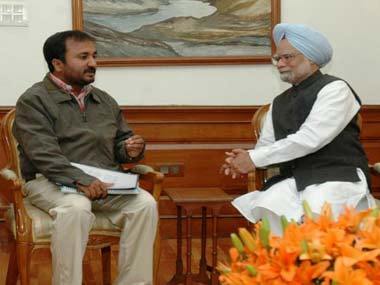
Abhyanand had performed ‘kanyadan’
According to Anjani Tiwari, Anand’s close friend and a journalist, Anand had entered into a love marriage in 1996 and Abhyanand had played a major role in making the union possible. At the time, Abhyanand had also helped him establish Super 30. Anand’s coaching classes then went by the name Ramanujan School of Mathematics. Anand had married one of his students, a Bhumihar. The affair had created a big stir. Bhumihar community leaders issued death threats to Anand and his family. They were enraged because Anand came from the Kahar (Chandravanshi) caste. However, Abhyanand extended full protection to Anand and did not allow any harm to come his way. He even performed “kanyadan” (the act of offering the bride’s hand) at the wedding.
He used to be bad at mathematics
Anjani Tiwari says that he has been friends with Anand since they met at Patna’s BN College, where they were both studying for their intermediate degree. At the time, all the colleges affiliated to Patna University used to offer the intermediate course along with the undergraduate course. Anjani recalls Anand being poor at mathematics and and his peers making fun of him. The mocking he received however challenged him and he immersed himself in studying mathematics. In 1991, his research paper was published in the international journal Mathematical Spectrum. Anand not only proved a theorem but transformed a theory.
Mathematicians the world over appreciated Anand’s research paper but Patna’s newspapers ignored him. They got out of their stupor only when the English daily The Hindu carried a news item on his achievement. That is when stories on him began appearing in Patna newspapers. Anand wanted to carry on with his research but then his father died.
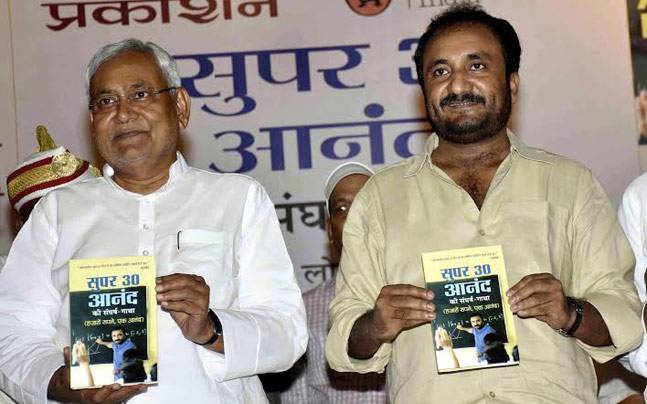
Anand’s family was poor, according to Anjani, and his mother used to make and sell papads, pickles, etc to make ends meet. After his father’s death, it became his responsibility to put food on the table. He rented a small room in Patna’s Kumhar area and launched the Ramanujan School of Mathematics. Initially, he used to teach matriculation and intermediate students. He also continued his research. In 1993, his second research paper was published. This established him as a mathematician.
With Abhyanand’s support and encouragement, he launched Super 30. He started coaching 30 students for the IIT entrance exam for free. That was in 1995. All the 30 students performed exceedingly well. This boosted his morale. He never looked back.
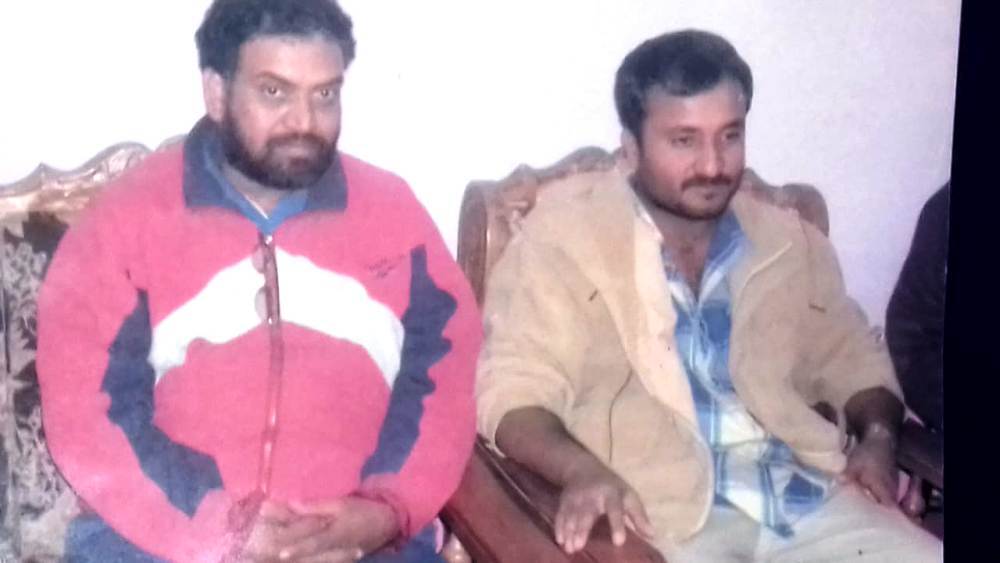
After Abhyanand, Anand found a patron in Nitish
After parting ways with Abhyanand, Anand continued to run Super 30. Nitish Kumar was playing the politics of Most Backward Classes and Mahadalits at the time. Nitish became Anand’s patron, and so Abhyanand could not create any hurdles in his path. Nitish Kumar provided him official security and used him to lure MBC voters. According to a close associate of Anand, Nitish Kumar wanted to accommodate him in the legislative council but Anand wanted a Rajya Sabha seat. Anand wanted to dabble in politics but not at the cost of Super 30. The BJP also tried to win him over but he refused to associate himself with the saffron outfit. RJD chief Lalu Prasad treated him like his son because of his talent, his grass-roots work and his social background.
Caste prejudices behind attack on Anand
Shyam Sundar, a leader of the Loktantrik Janadhikar Party, says that the upper castes dominate the newspapers in Patna. If Anand had an upper-caste background, their attitude would have been different. The newspapers are taking Abhyanand’s side in his tussle with Anand for property and credit. If Anand has done anything wrong, Abhyanand is also party to it.
Shyam Sundar’s comment should be seen in the context of a survey conducted by Subaltern magazine in 2016. The survey showed that of the 297 journalists working in seven Hindi dailies published from Patna, 237 are savarnas, 41 are OBCs, seven are MBCs and one is a Dalit. Savarnas make up 80 per cent, followed by OBCs (13 per cent), MBCs (3 per cent) and others (4 per cent). In terms of caste, Brahmins form the biggest chunk of journalists. There are 105 (35 per cent) of them. In fact, Brahmins, Bhumihars and Kayasthas together form 80 per cent of the journalists. Rajputs are only second to Brahmins. They number 46 (16 per cent). There are 45 Kayastha journalists. Dainik Jagran has the largest number of aavarna journalists on their payroll; 90 per cent of its journalists are savarnas. The OBCs and the MBCs form only six and two per cent of its journalists, respectively. Dainik Bhaskar (87 per cent) is next on the list vis-à-vis Savarna domination, followed by Aaj (79 per cent), Hindustan (77 per cent), Prabhat Khabar (70 per cent) and Rashtriya Sahara (69 per cent).
Translated by Amrish Herdenia

